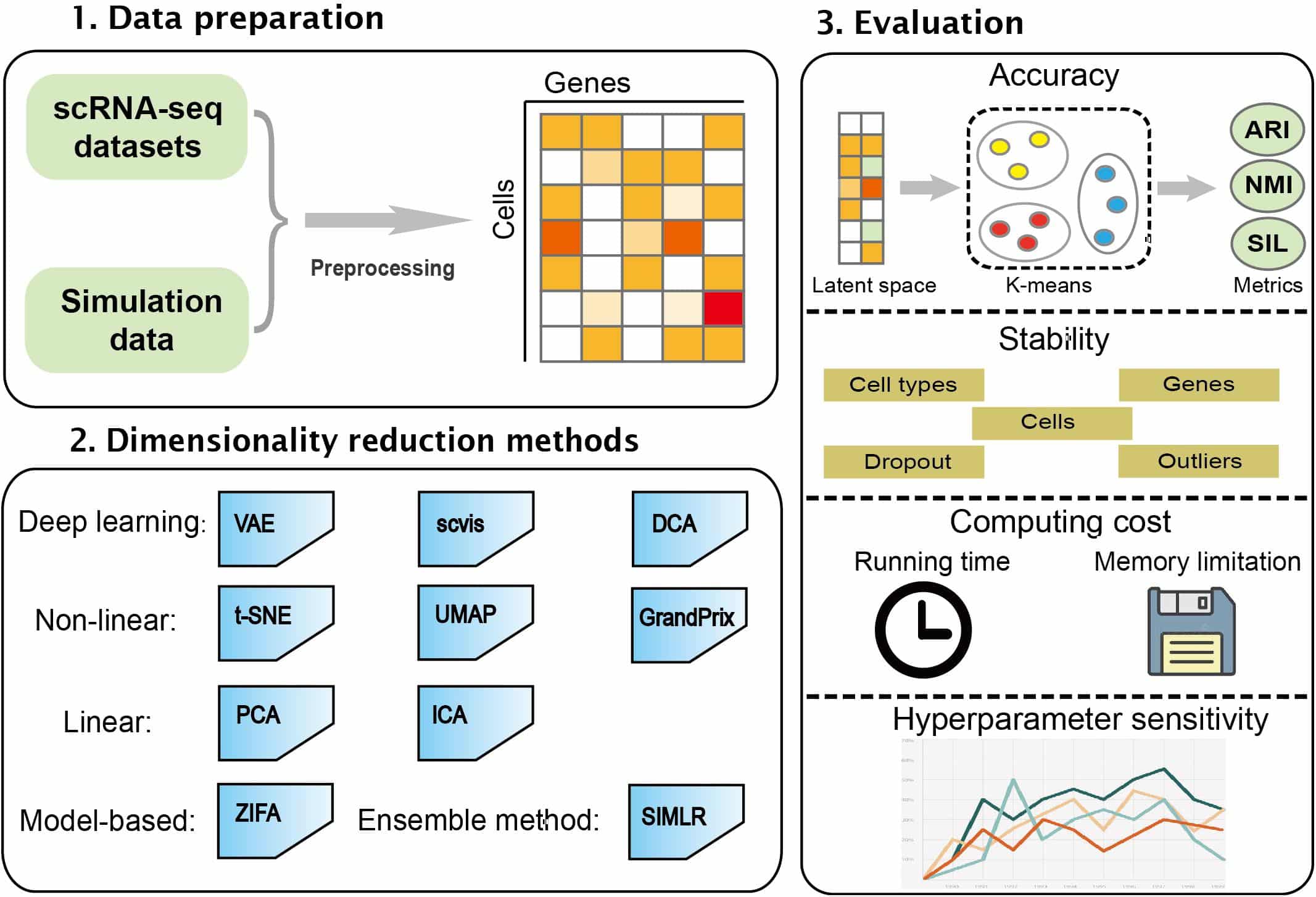Dimensionality reduction is a process of extracting the important features from a dataset of high-dimensional data in order to reduce its complexity, simplify its analysis, and improve its computational efficiency. Dimensionality reduction techniques help to visualize the data by reducing the number of components that make up the data. It is used in many data-intensive fields, such as machine learning, statistical process control, computer vision, pattern recognition, and natural language processing.
Dimensionality reduction can be used to reduce the amount of data to be processed, such as in a database query or in machine learning algorithms. This can drastically reduce the processing time needed for a computation. Dimensionality reduction can also aid in the interpretation of relationships between features and reduce the risk of overfitting when training machine learning models. By reducing the number of features needed to understand or represent the data, the desired outcomes can be achieved with fewer resources.
The primary objectives of dimensionality reduction are to reduce computation time, improve accuracy, and optimize data storage. To this end, a variety of techniques have been developed, including principal component analysis, singular value decomposition, linear discriminant analysis, independent component analysis, non-negative matrix factorization, and probabilistic principal component analysis. Each of these techniques can reduce the number of features and potentially retain relevant information that is important for analysis.
Dimensionality reduction helps to improve the computational efficiency of data-intensive tasks, while reducing the complexity and size of datasets. It is an important tool for data scientists, enabling them to visualize complex relationships between variables and assist with the interpretation and understanding of data.






